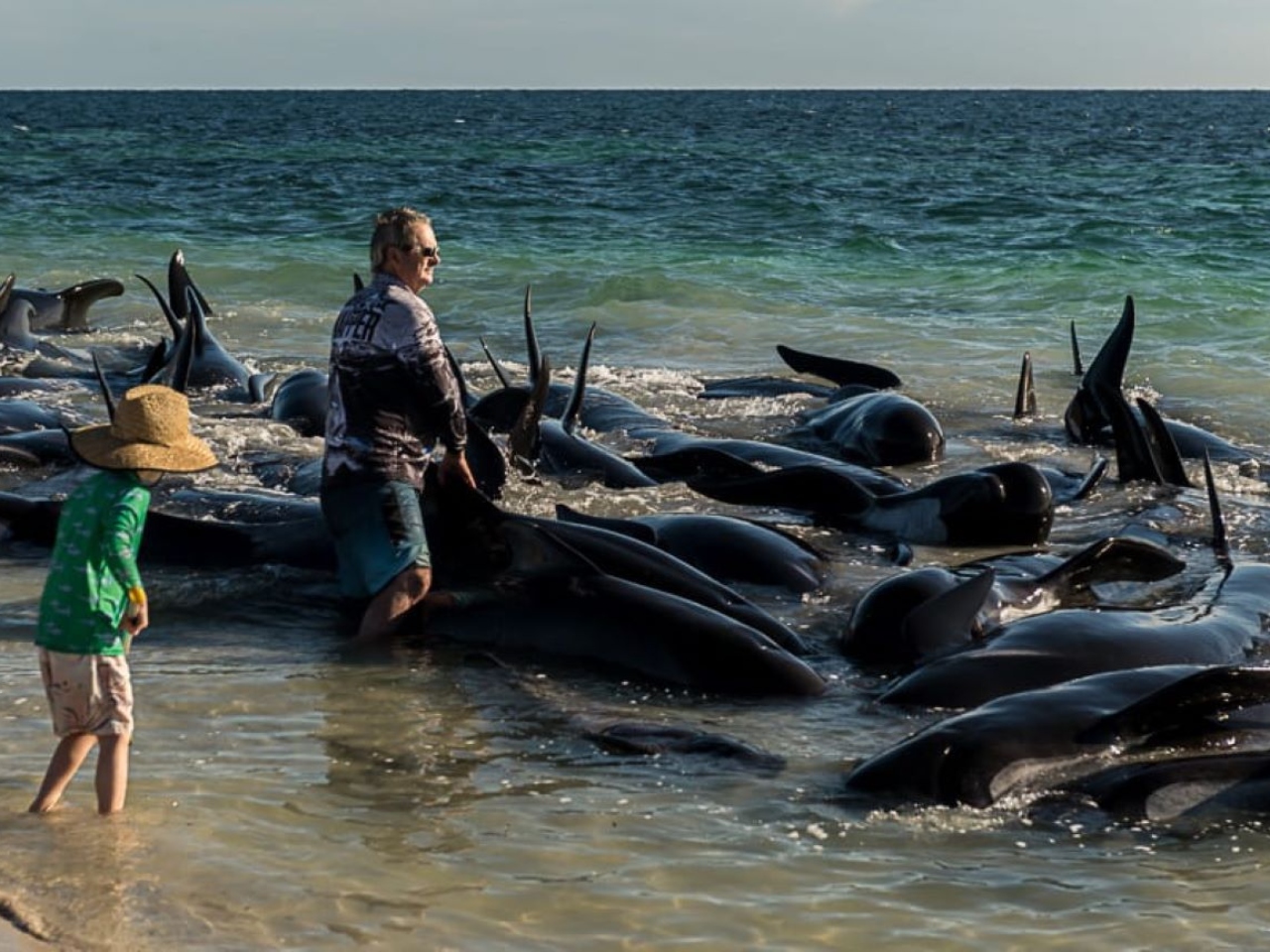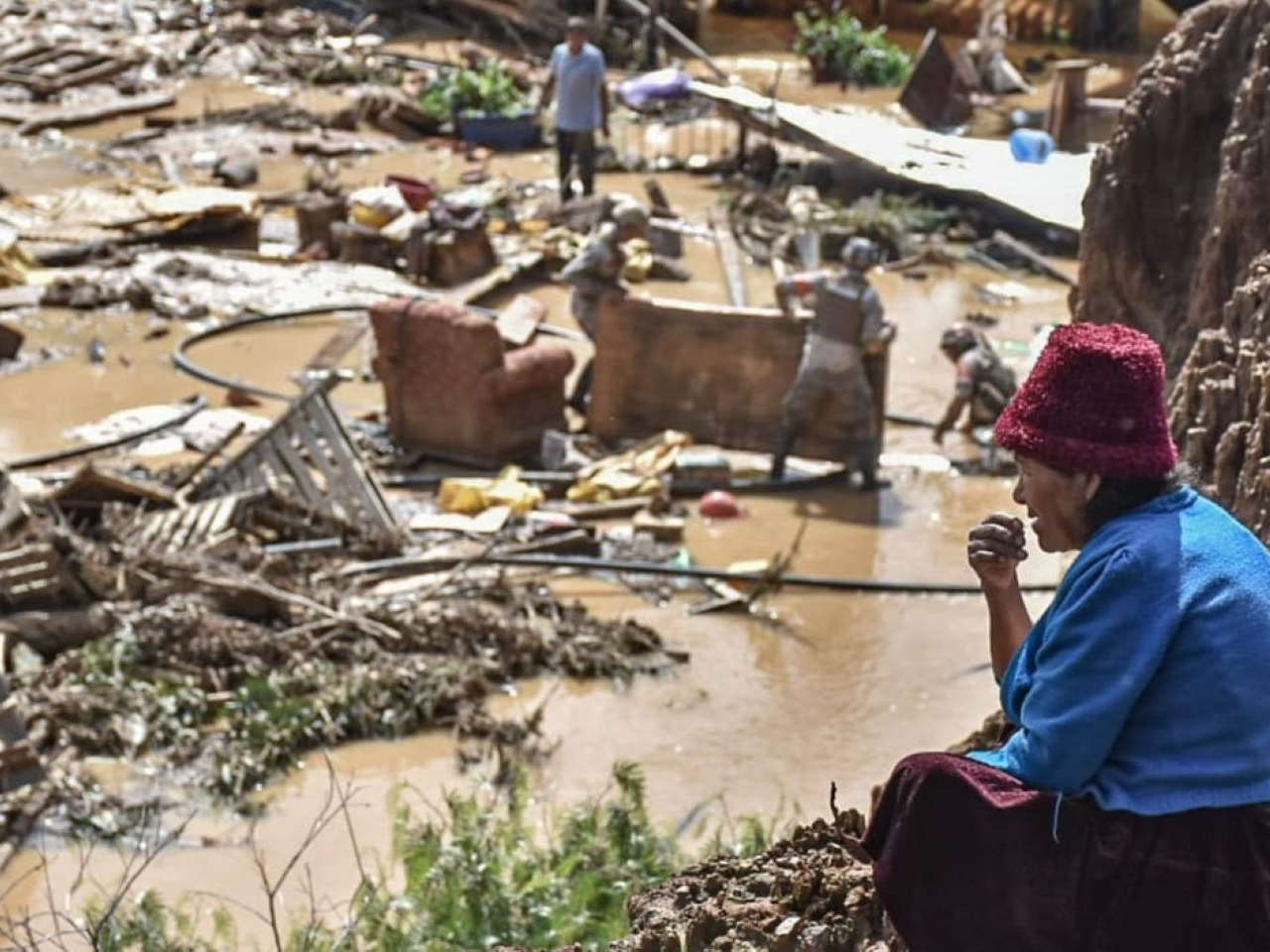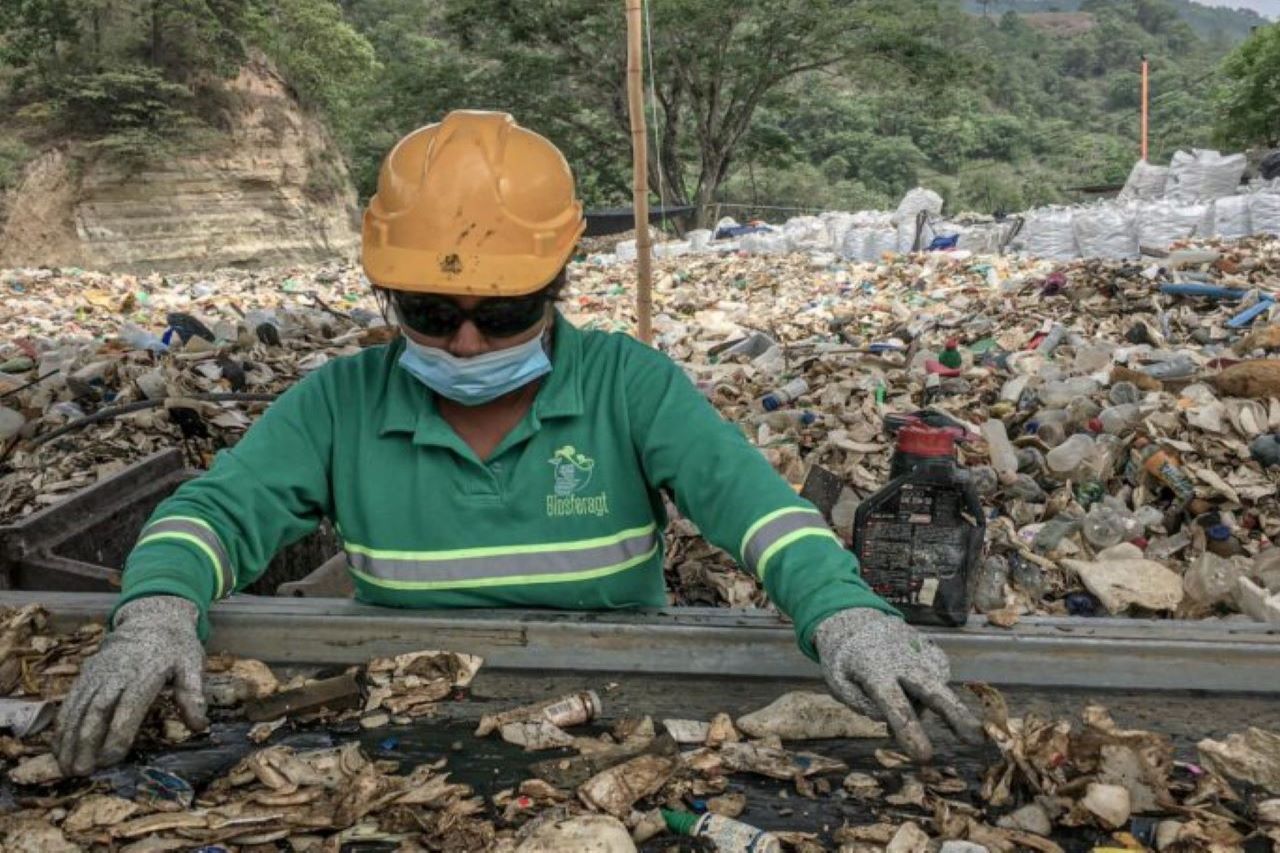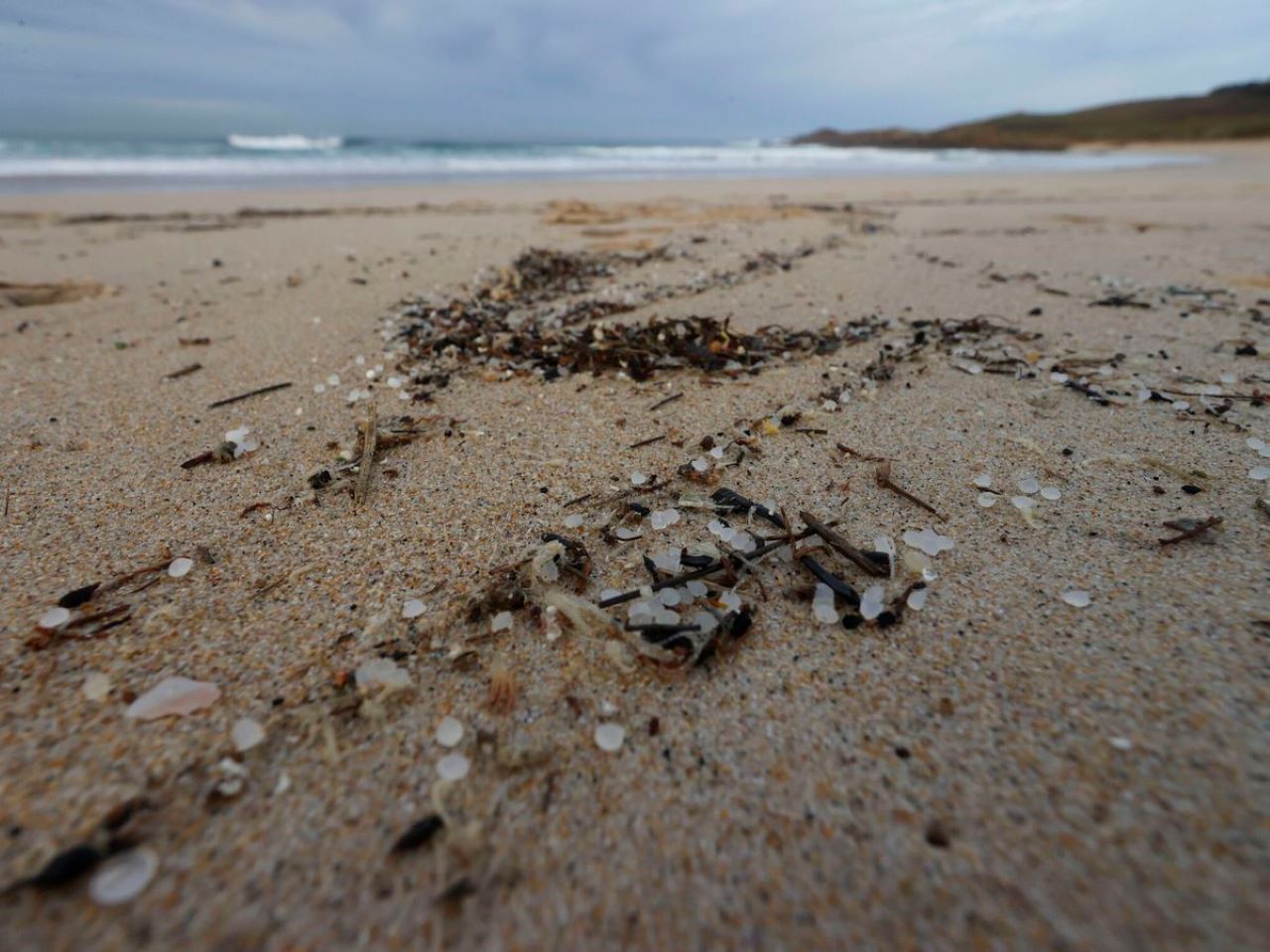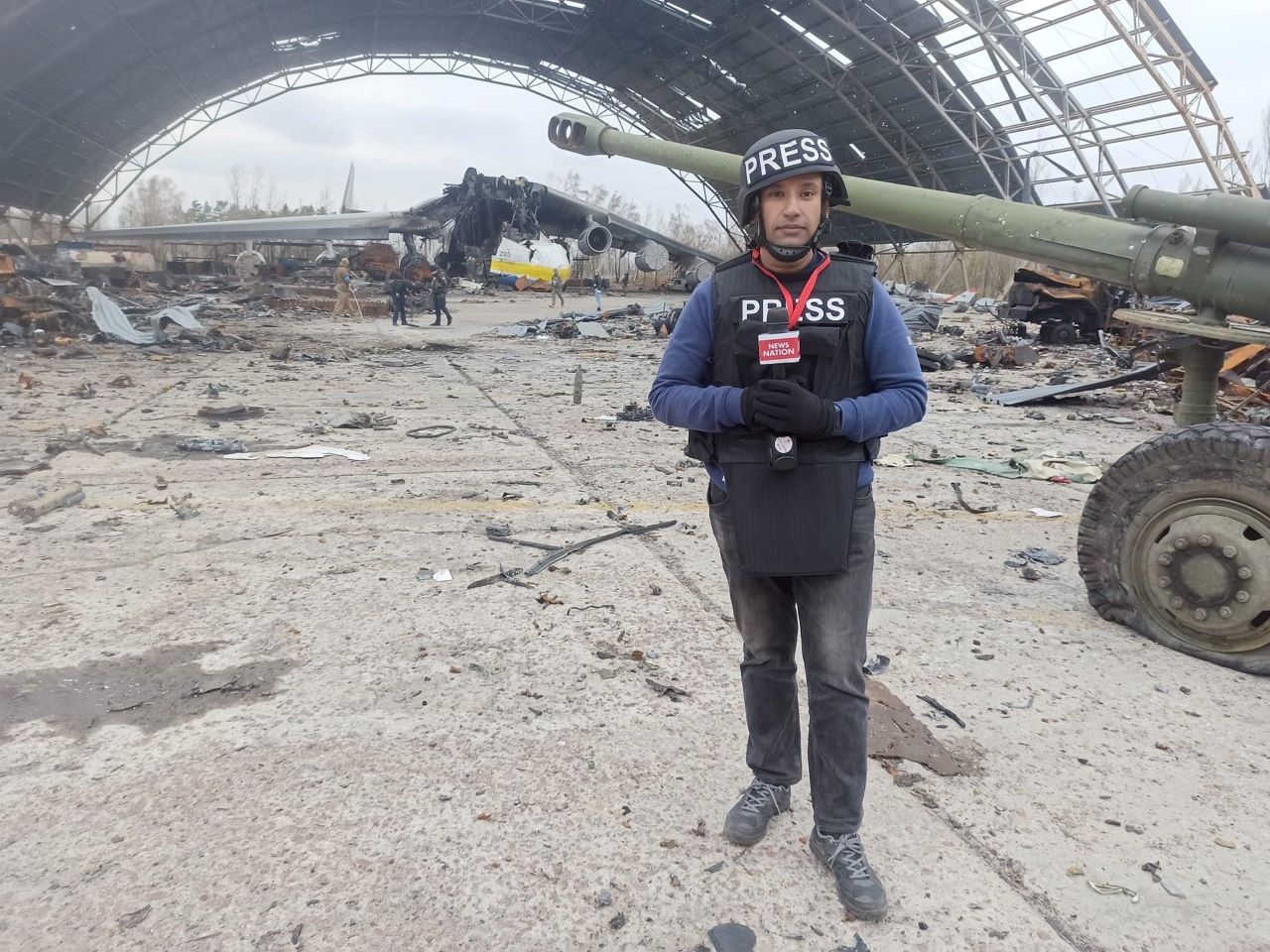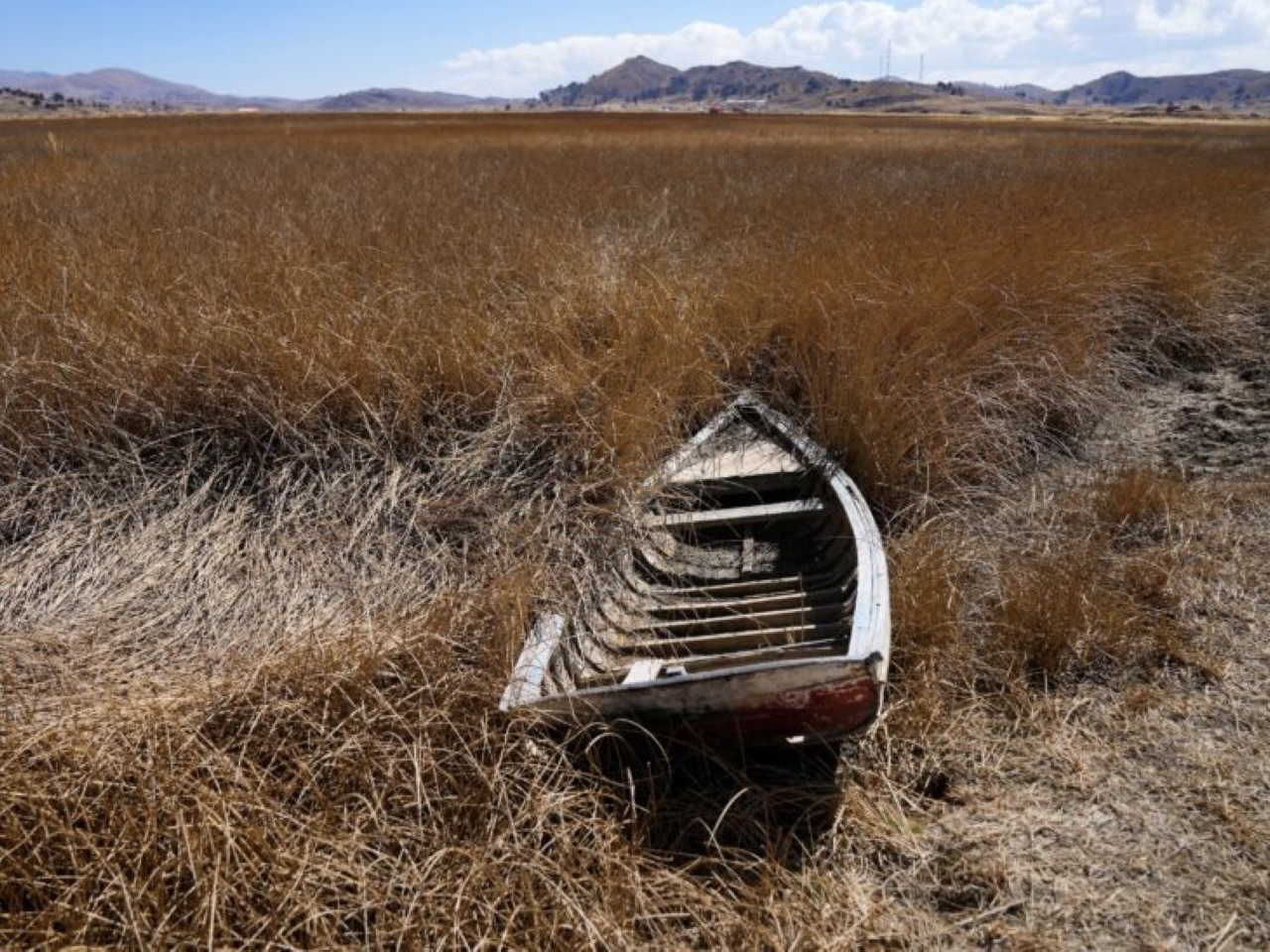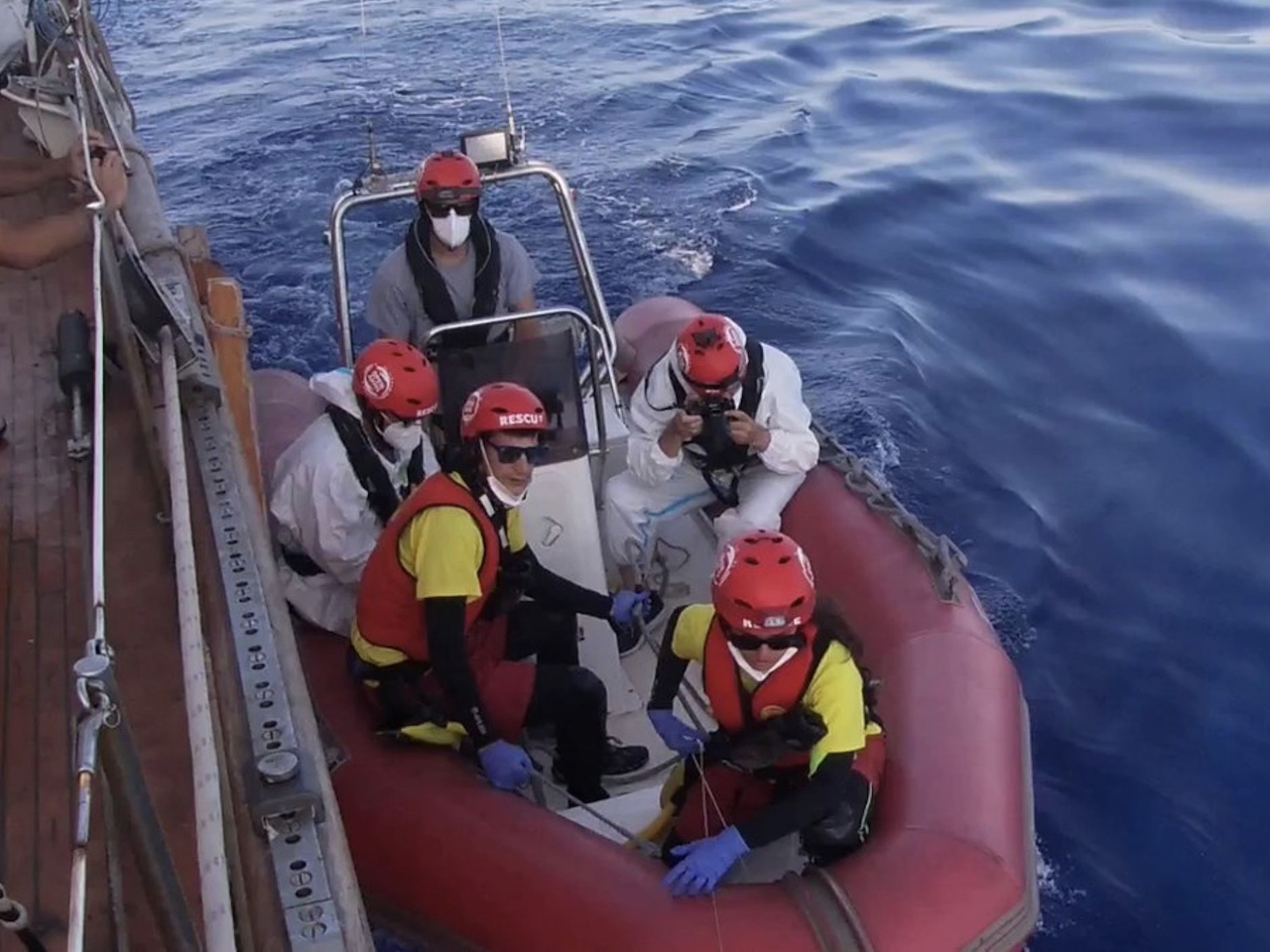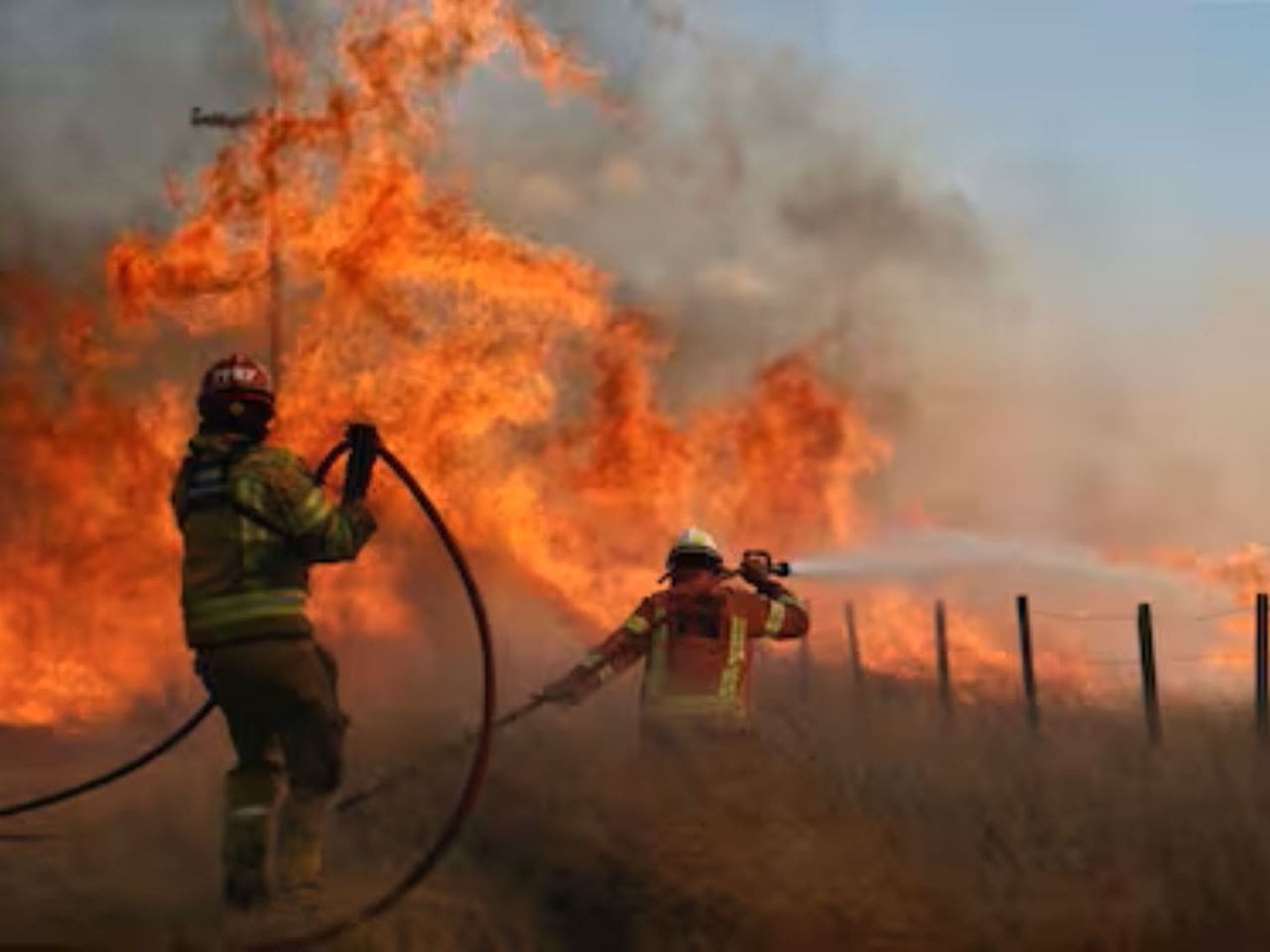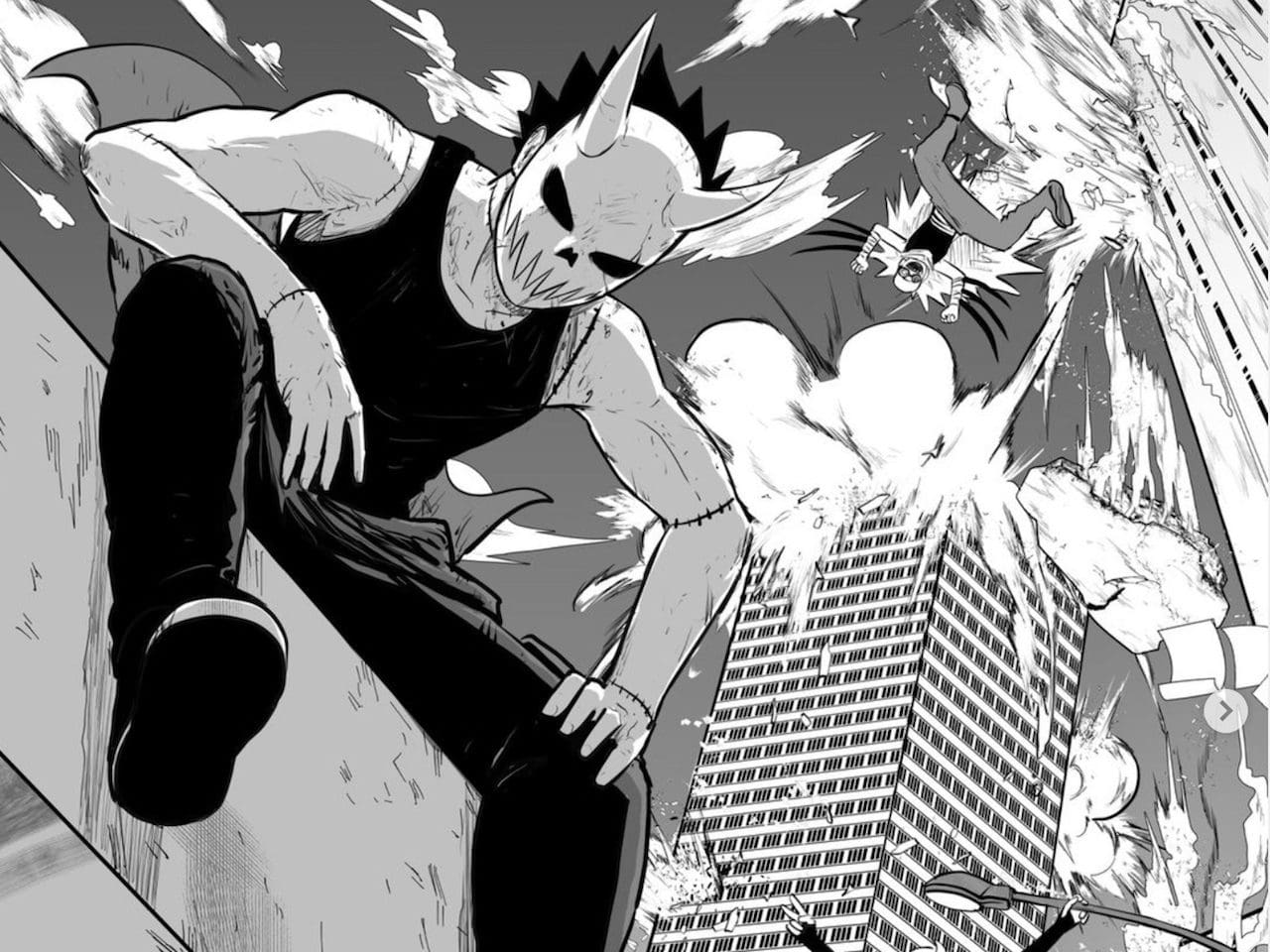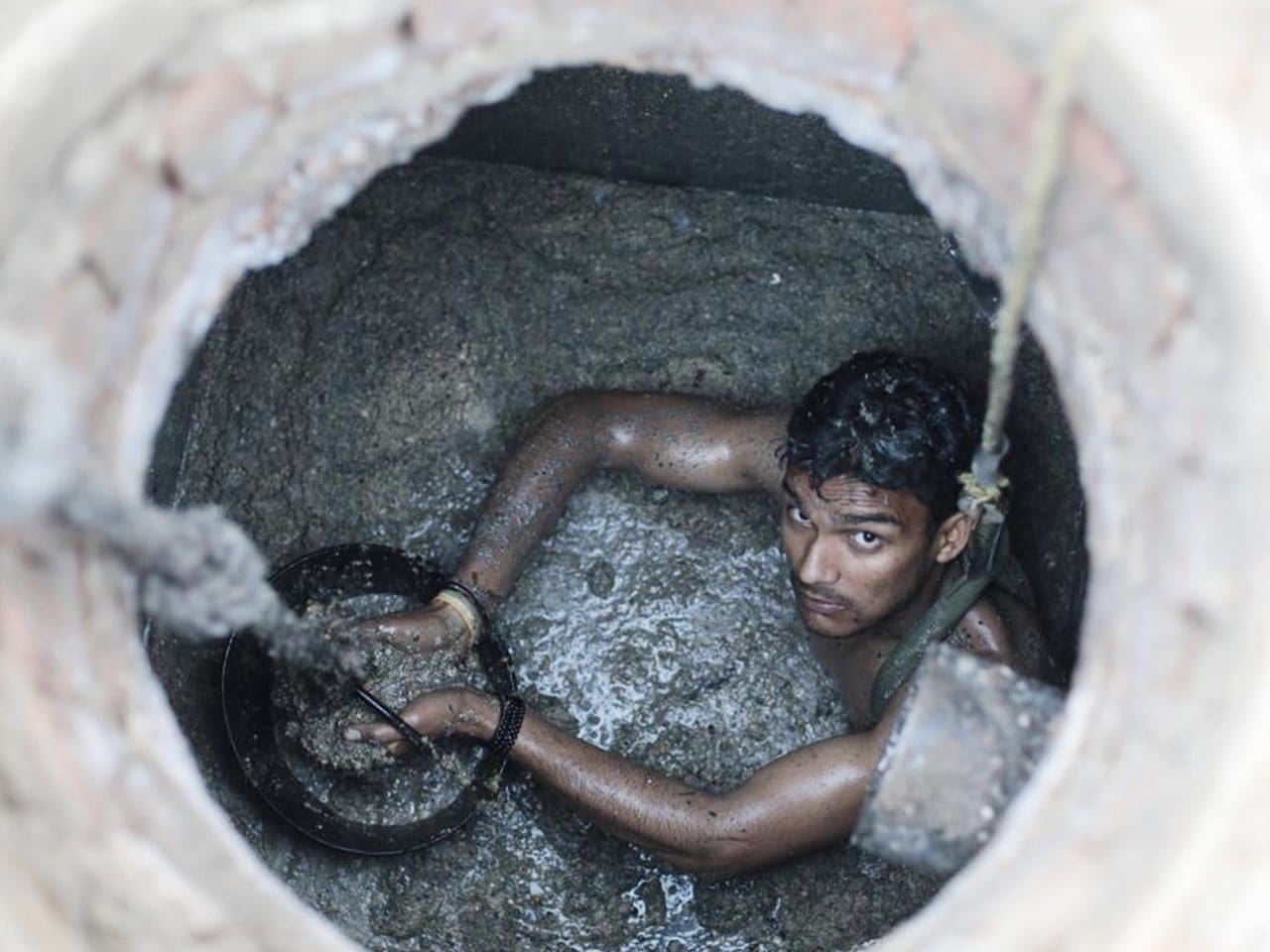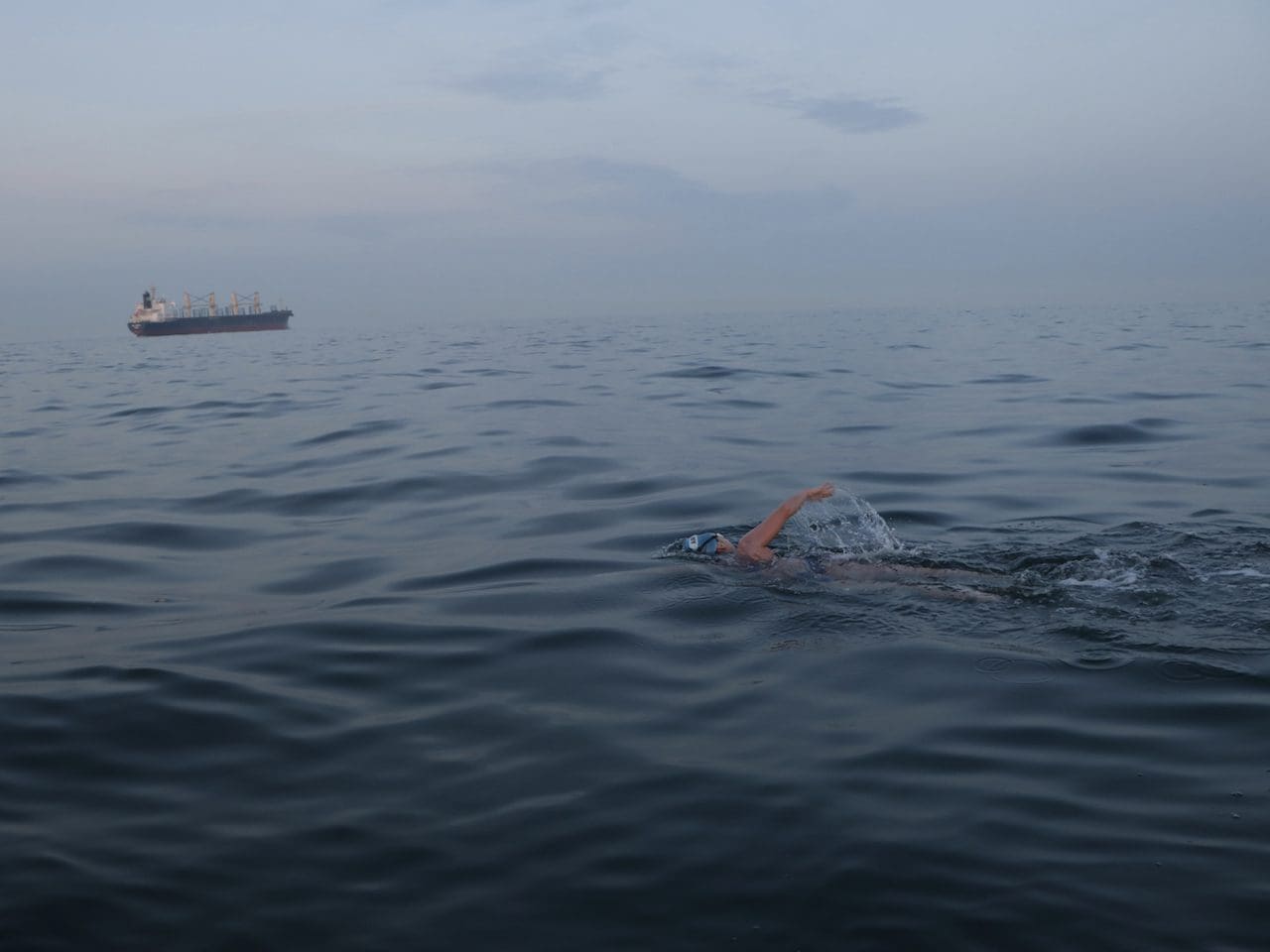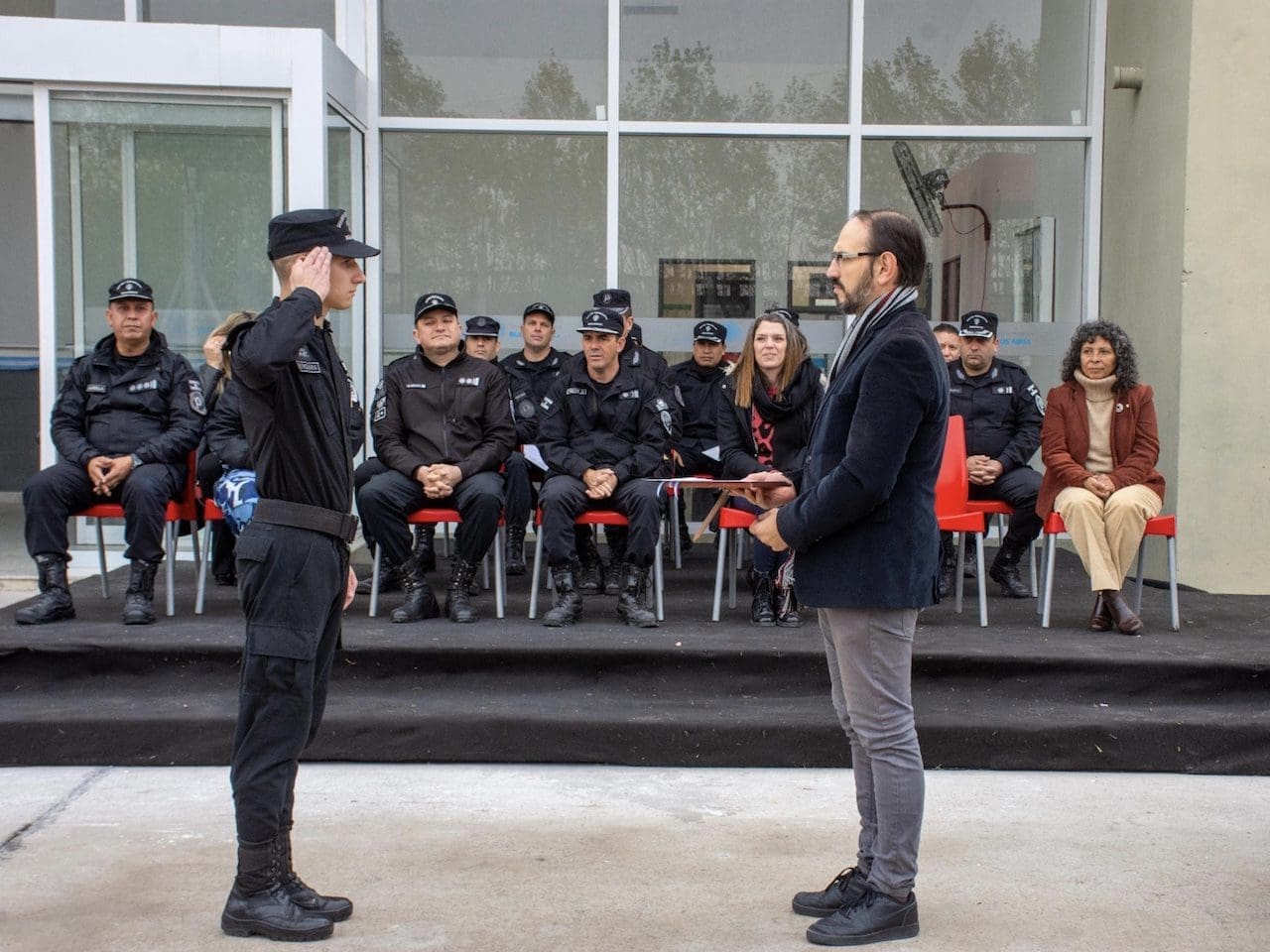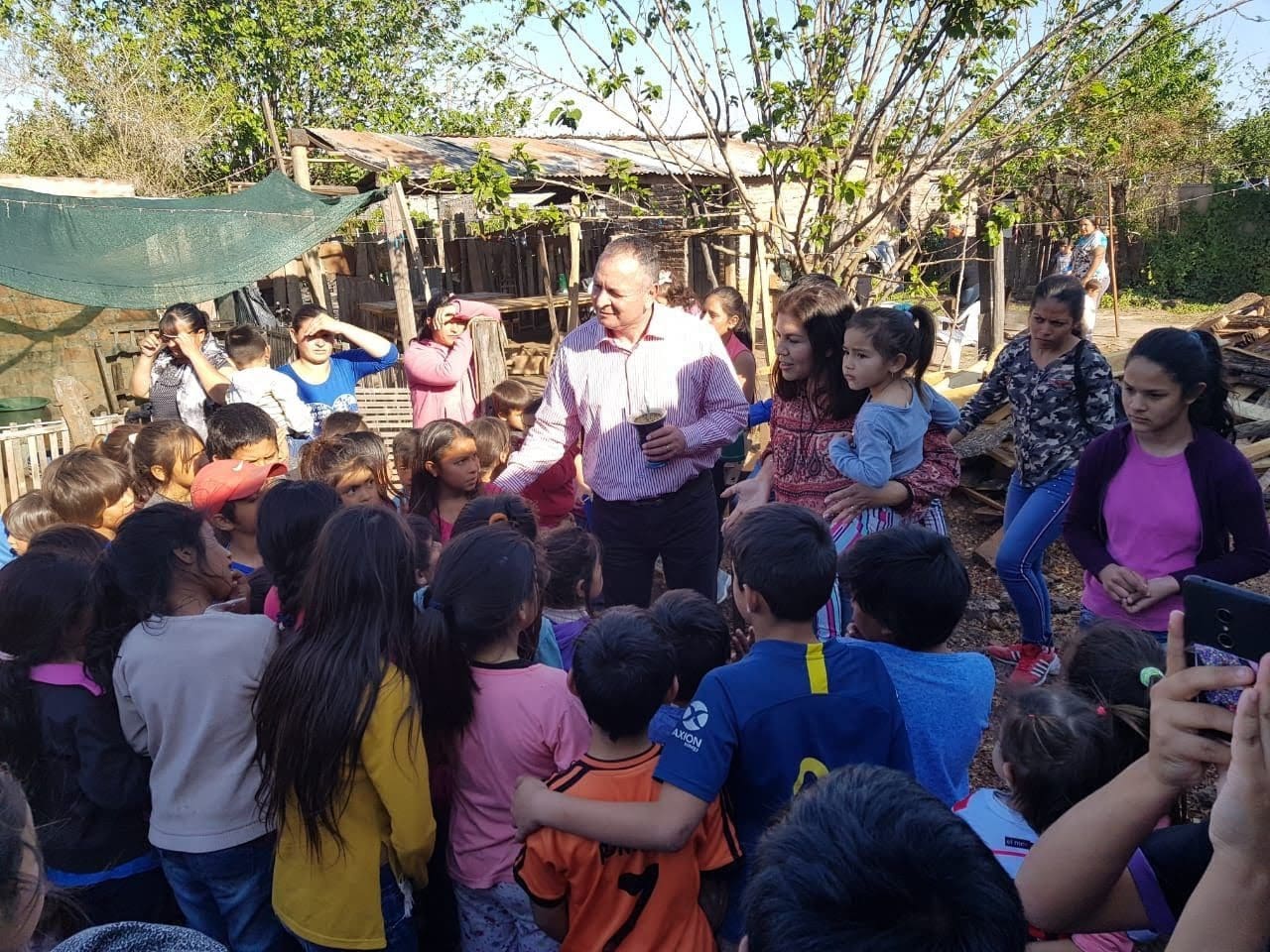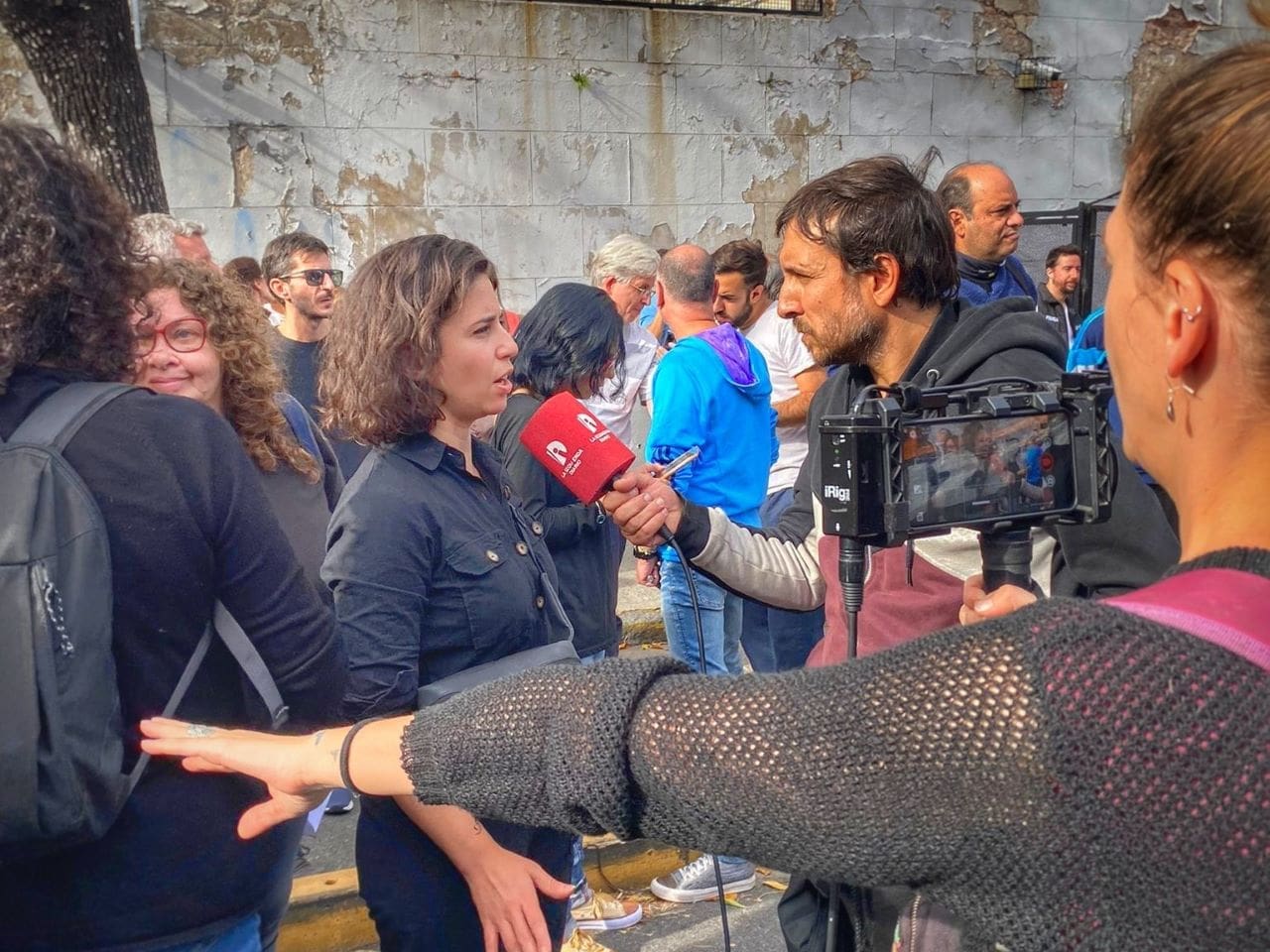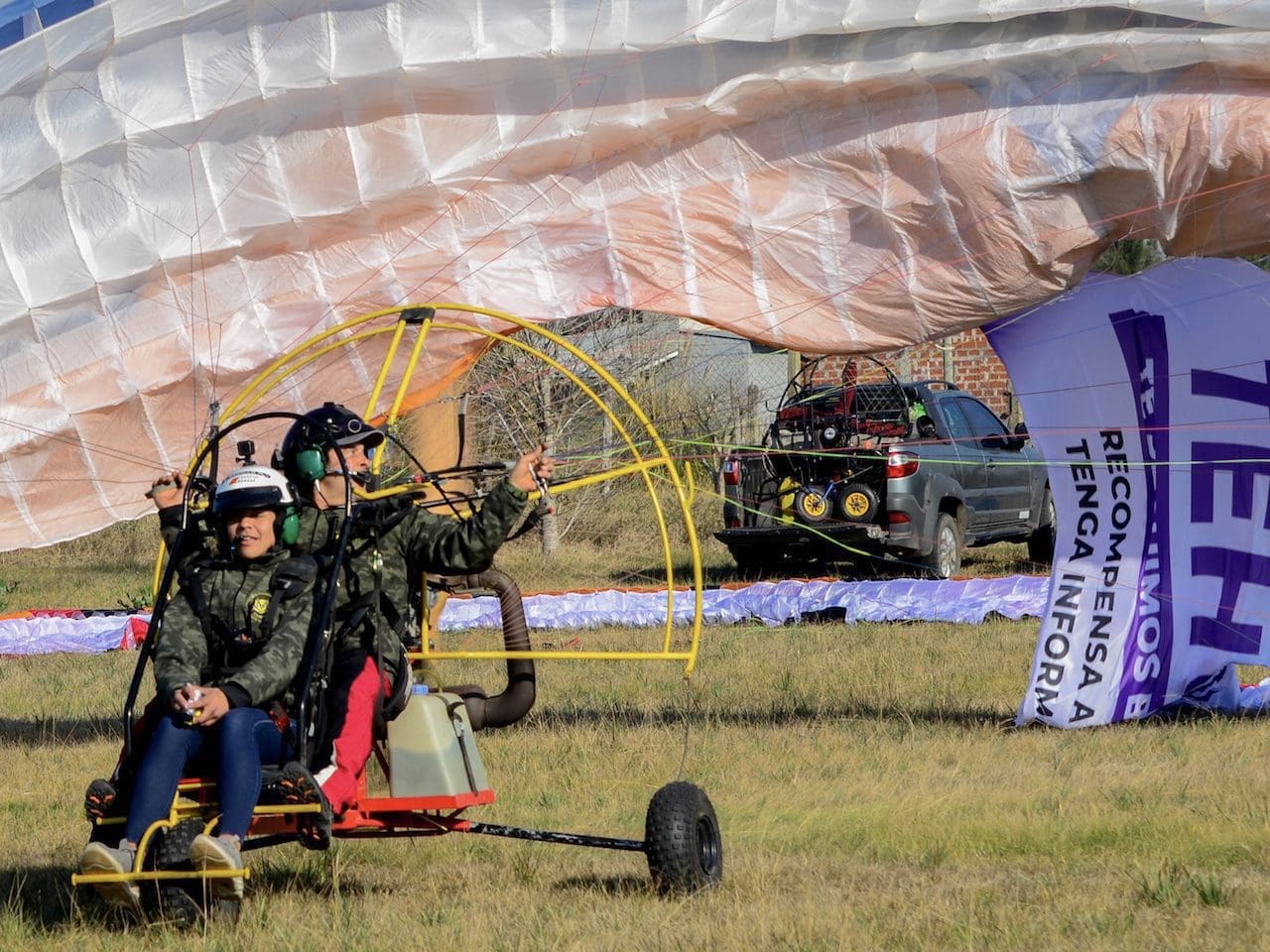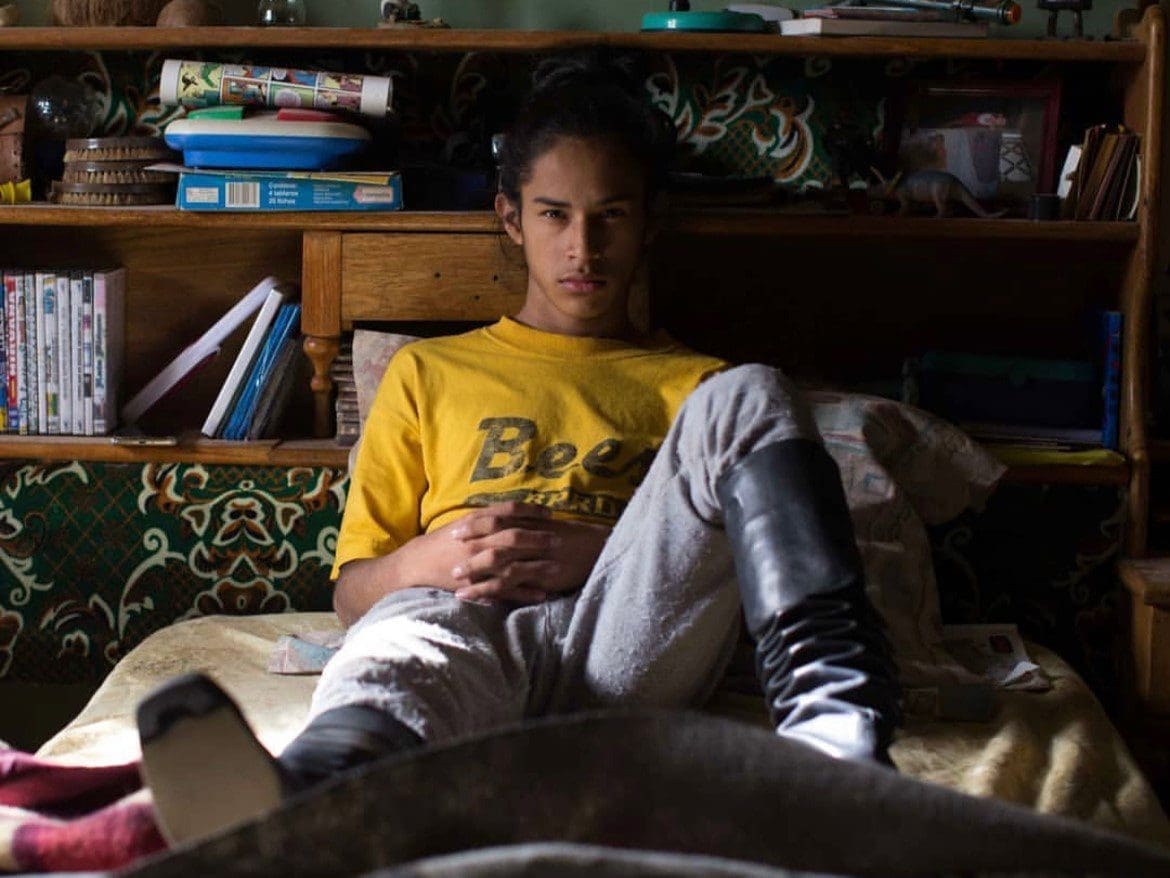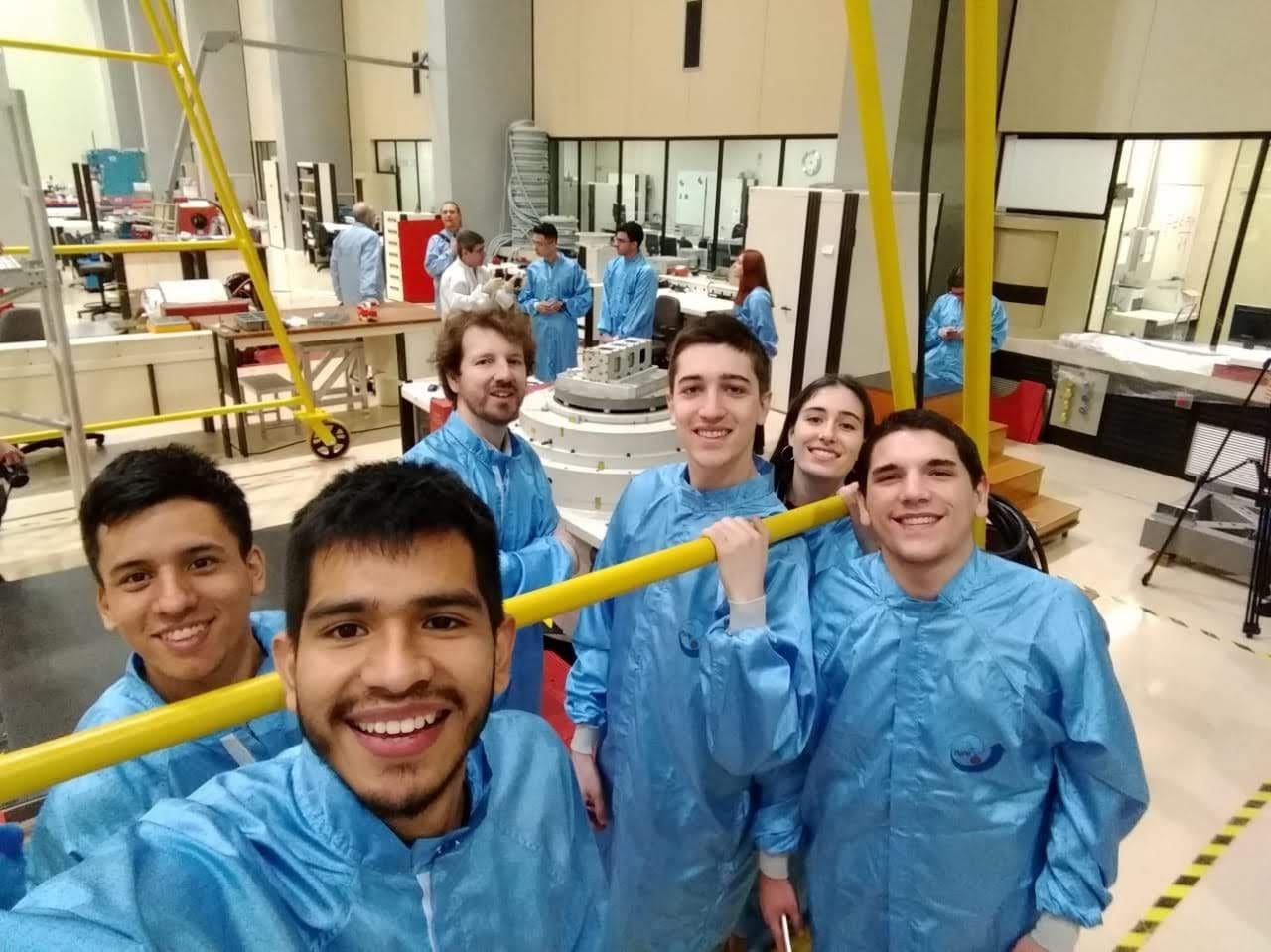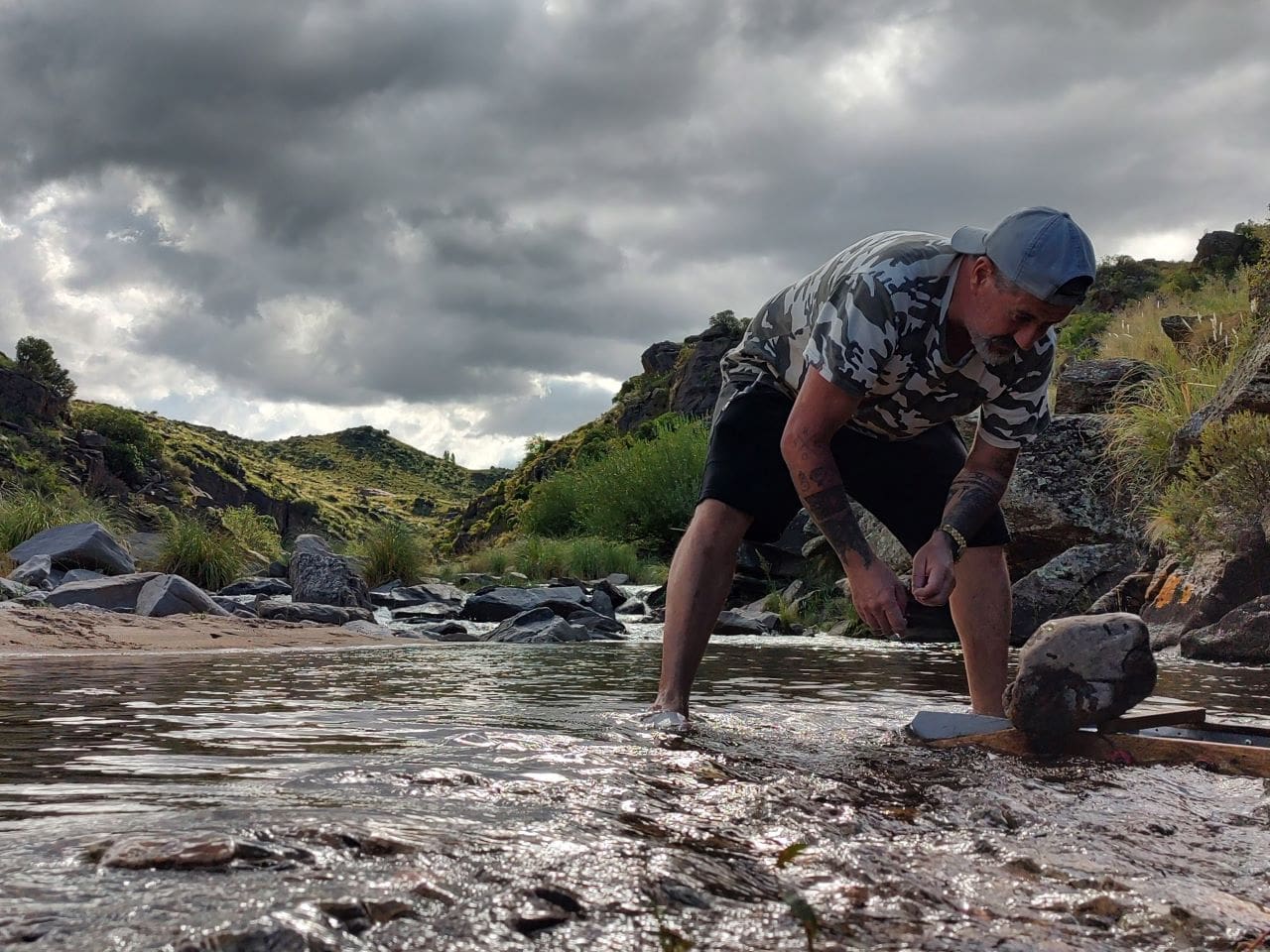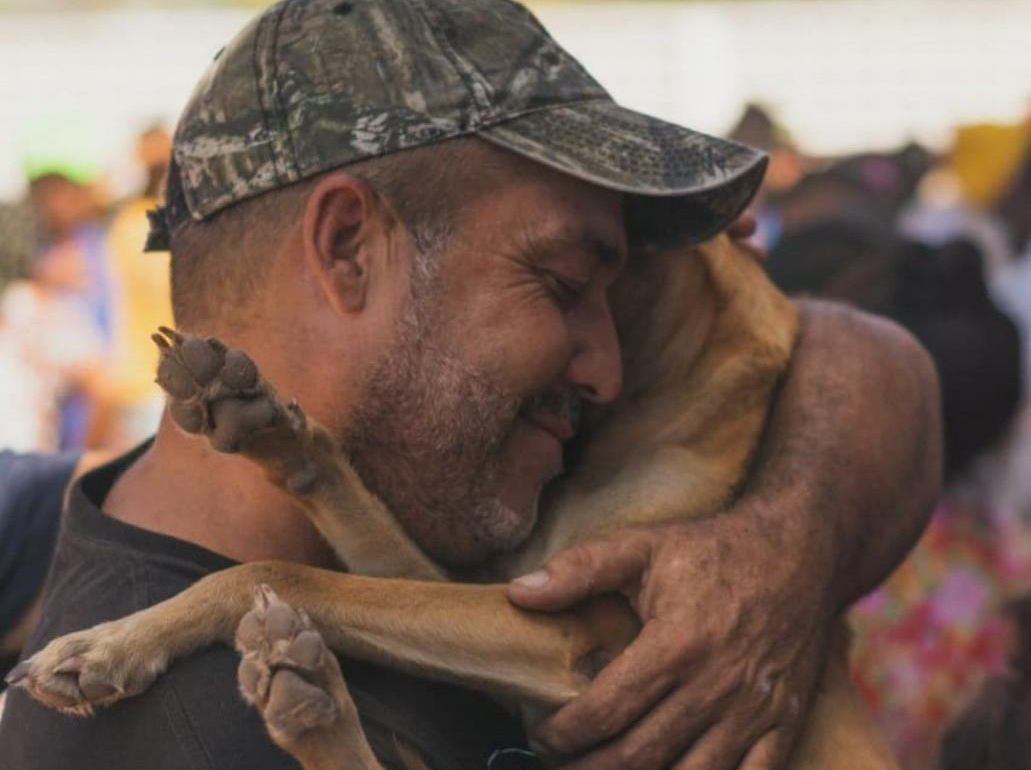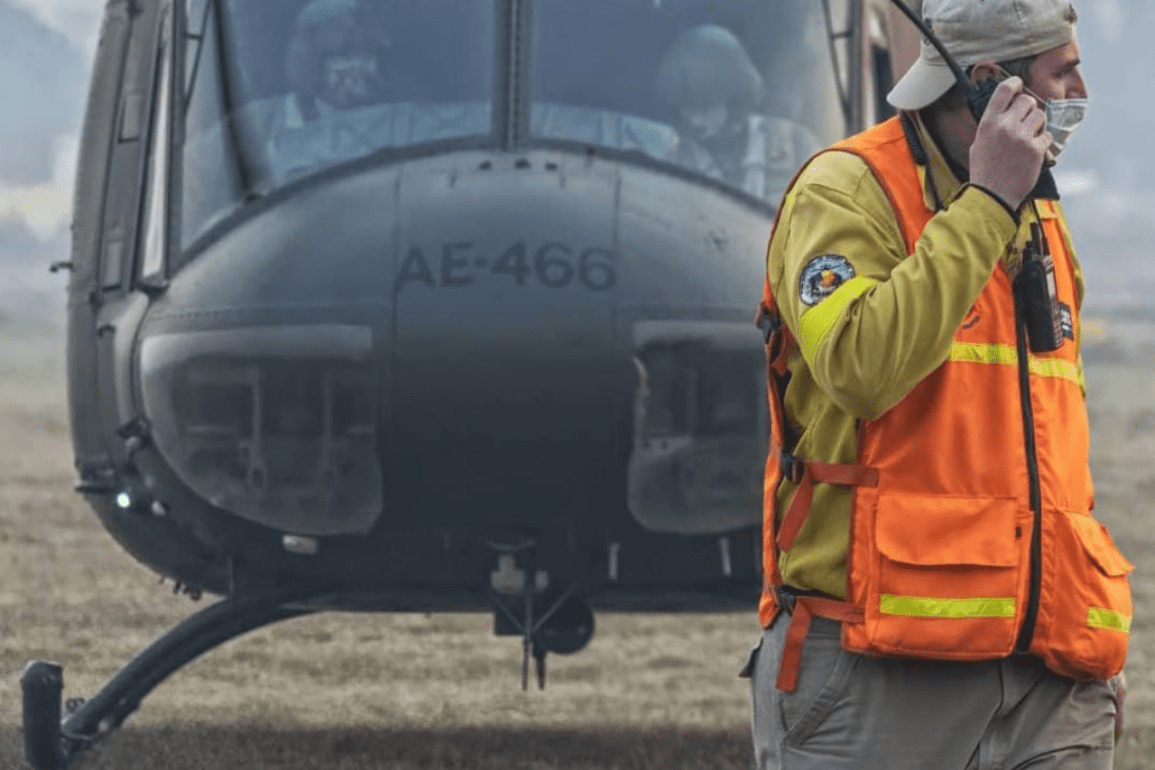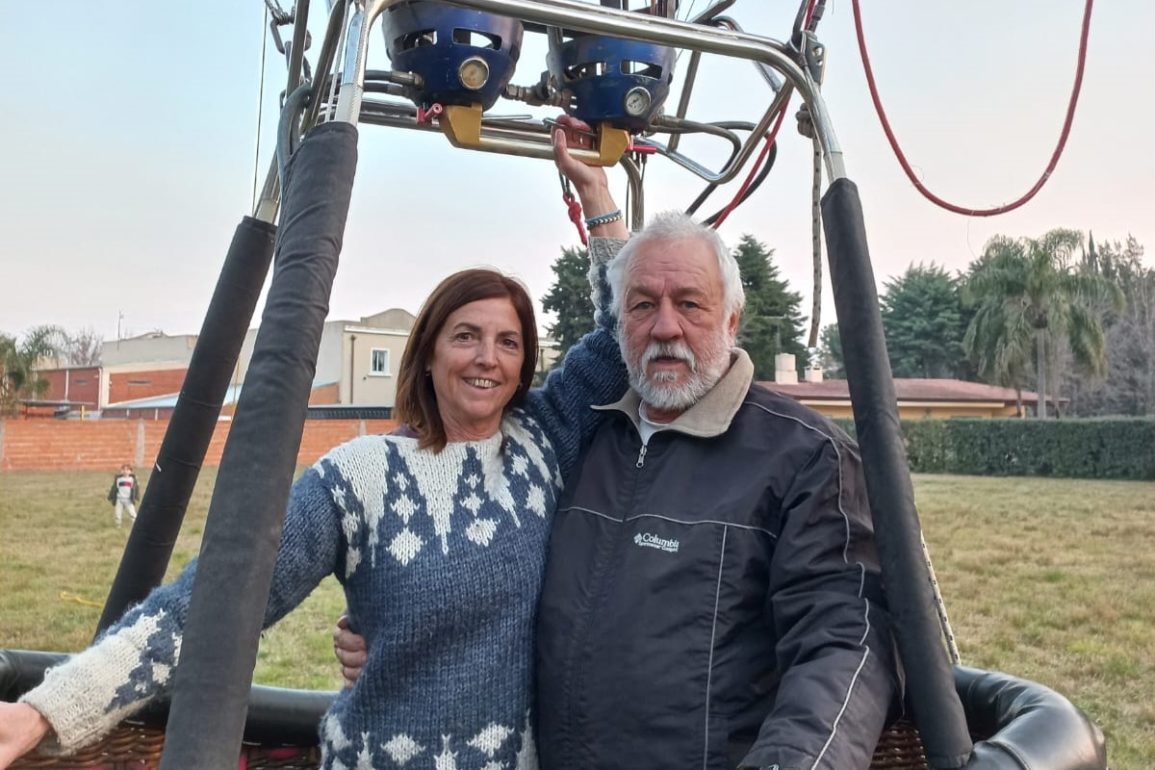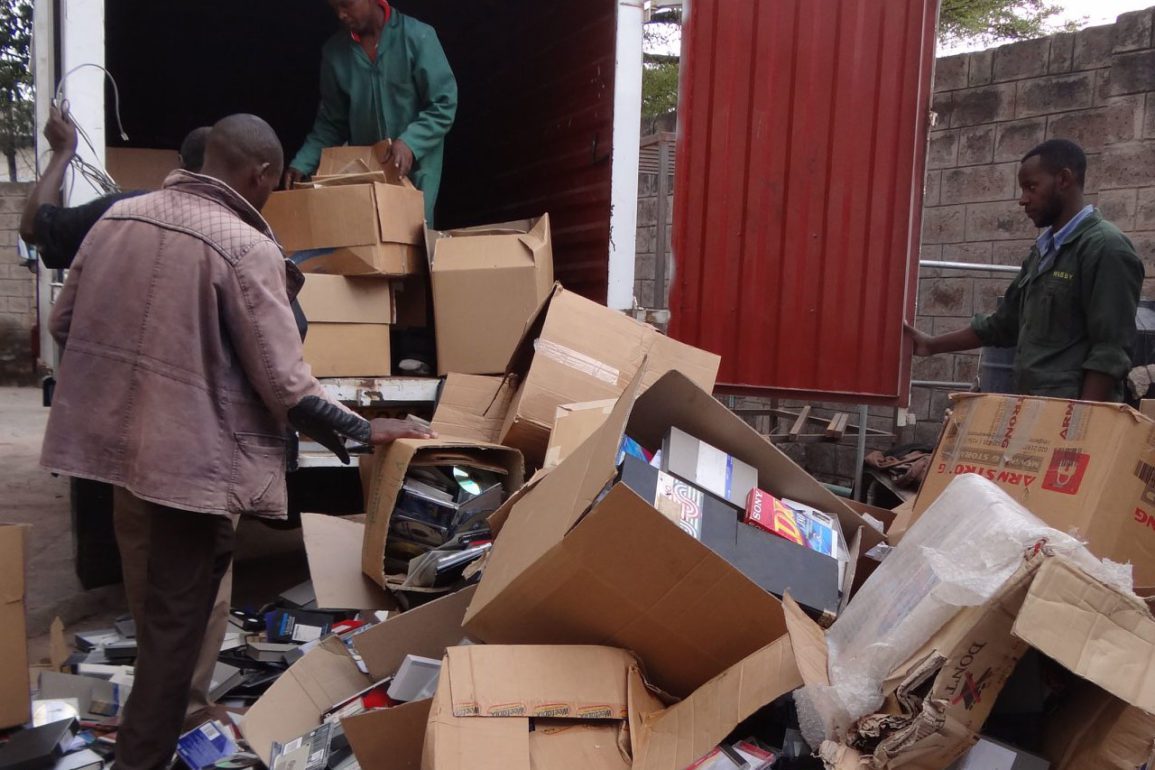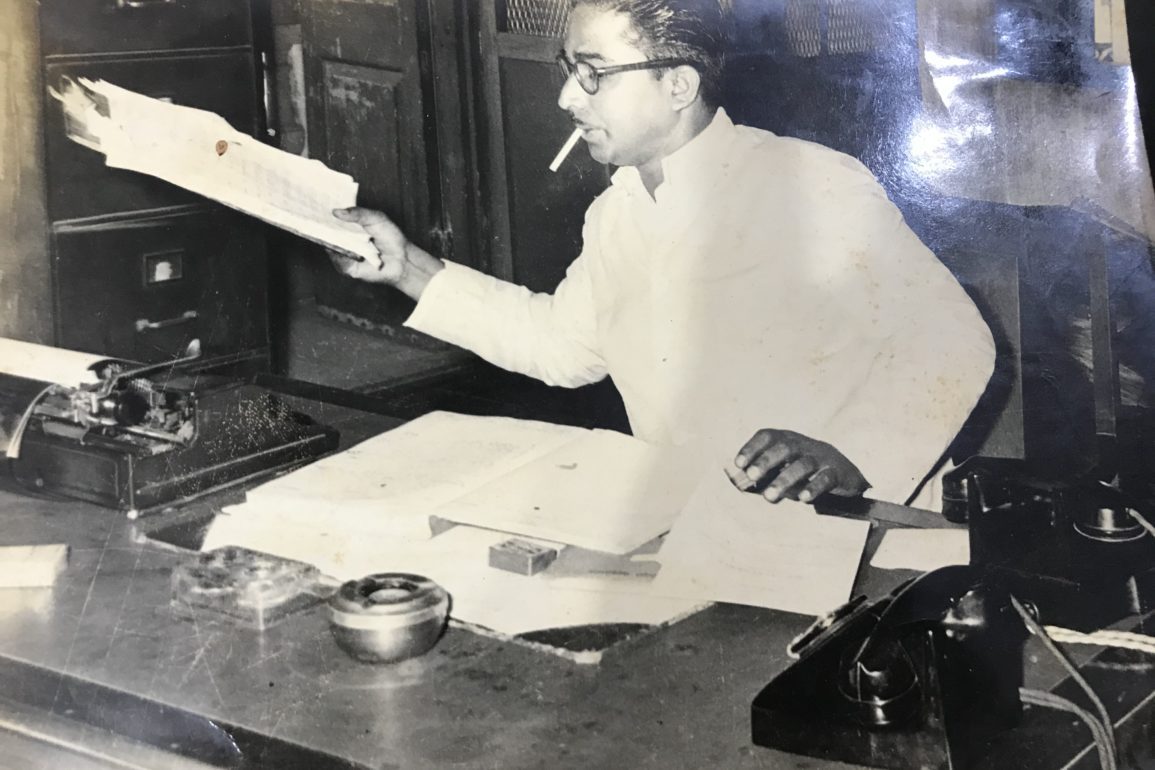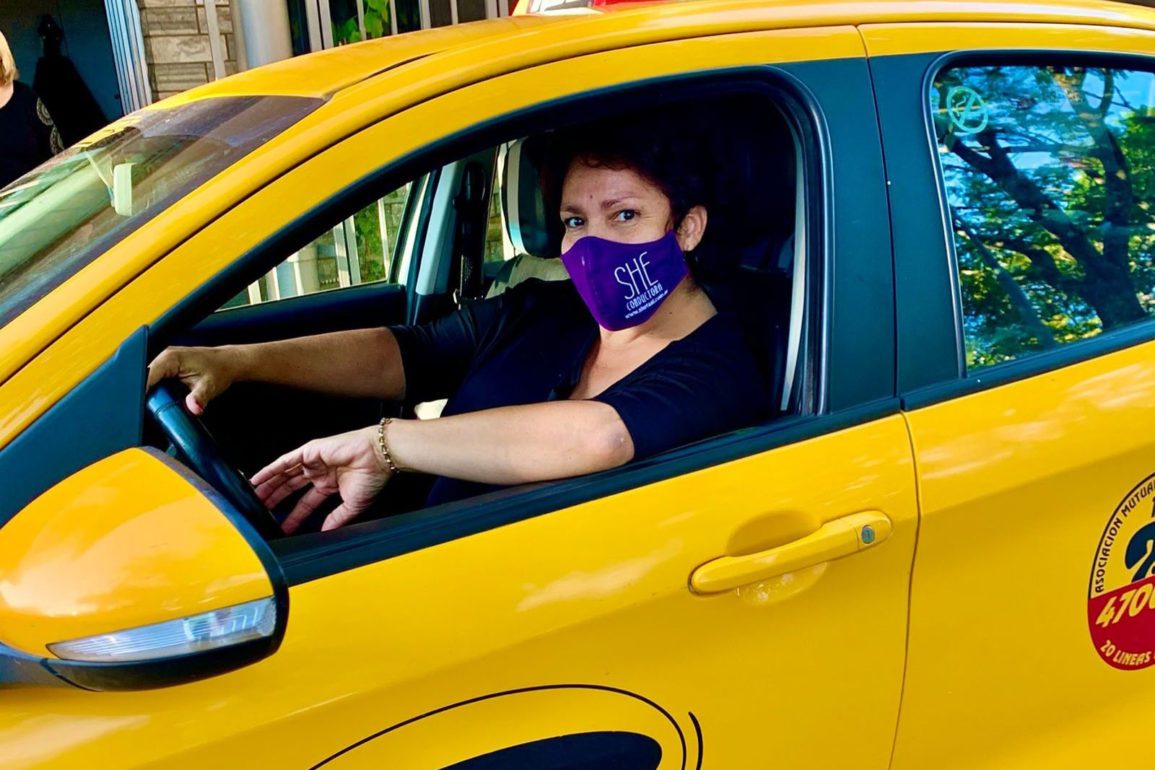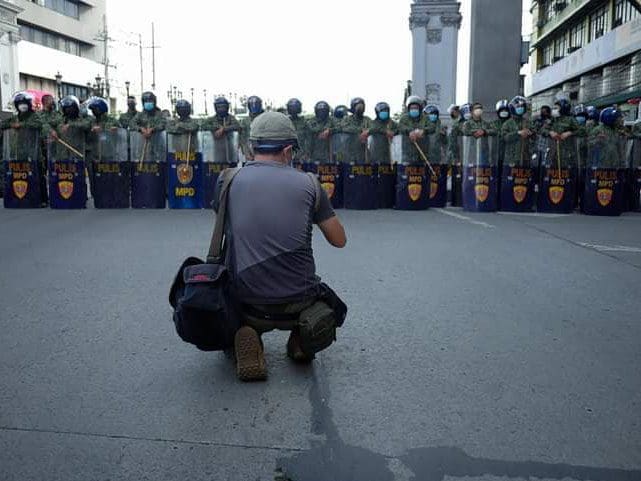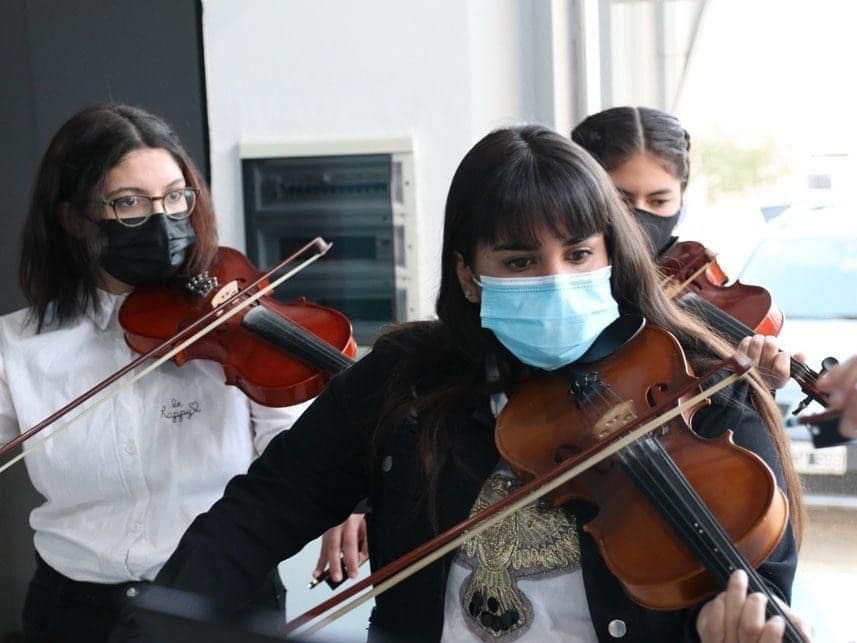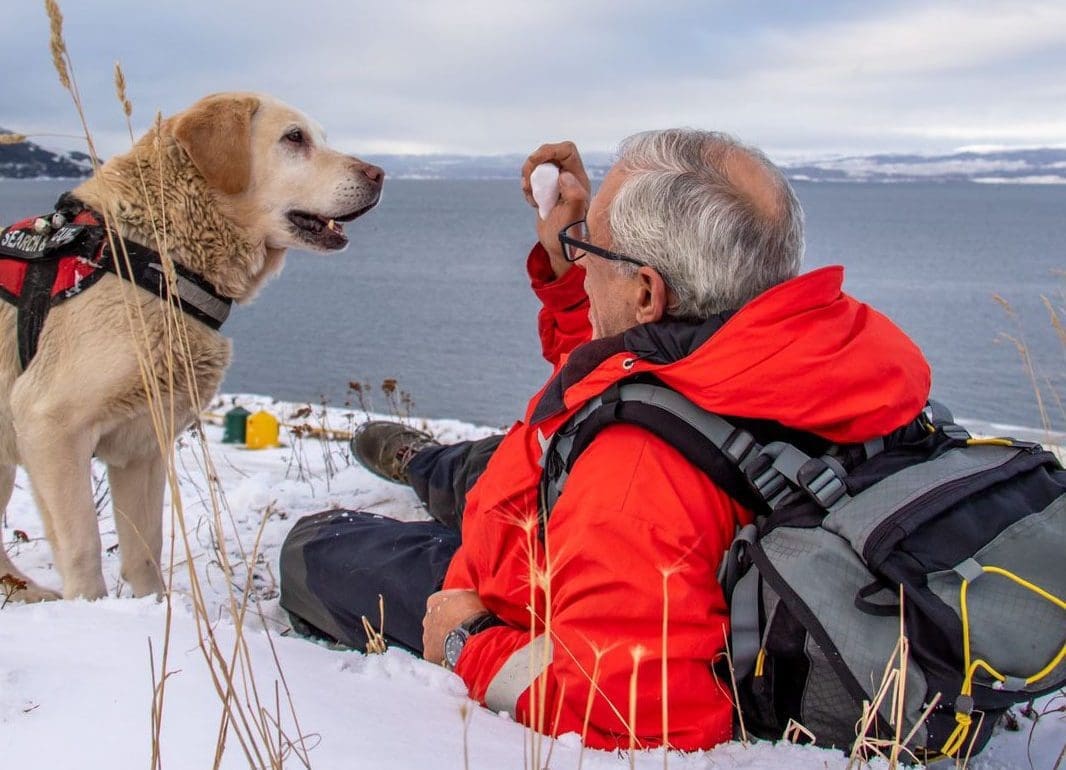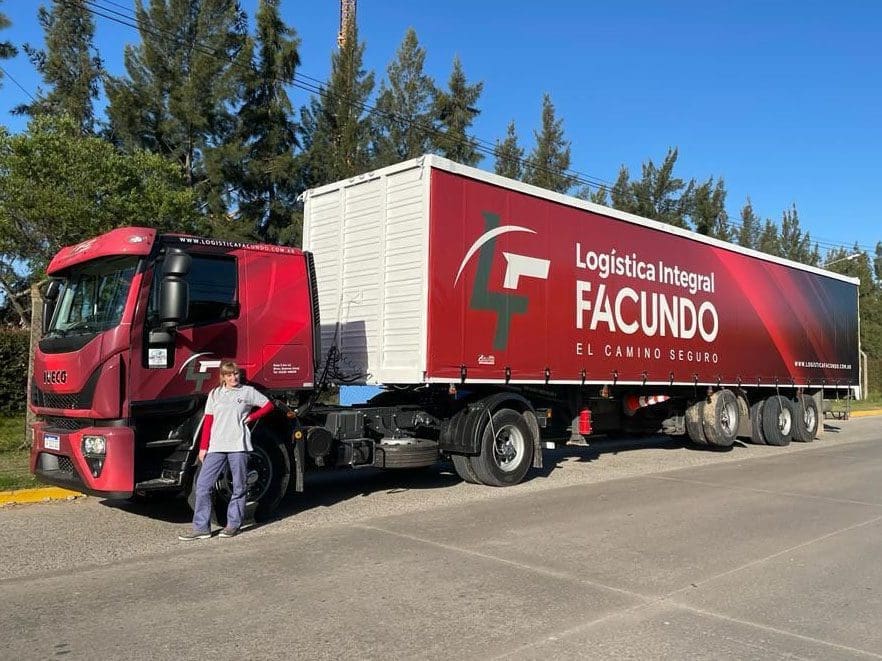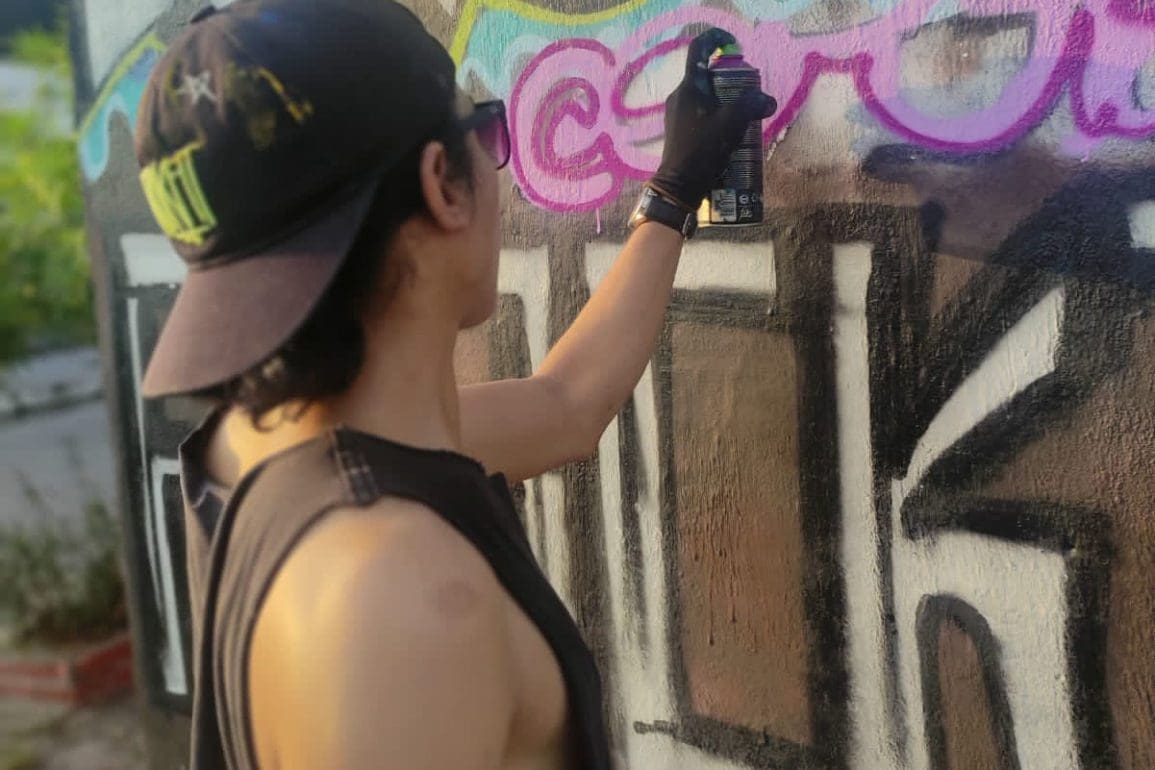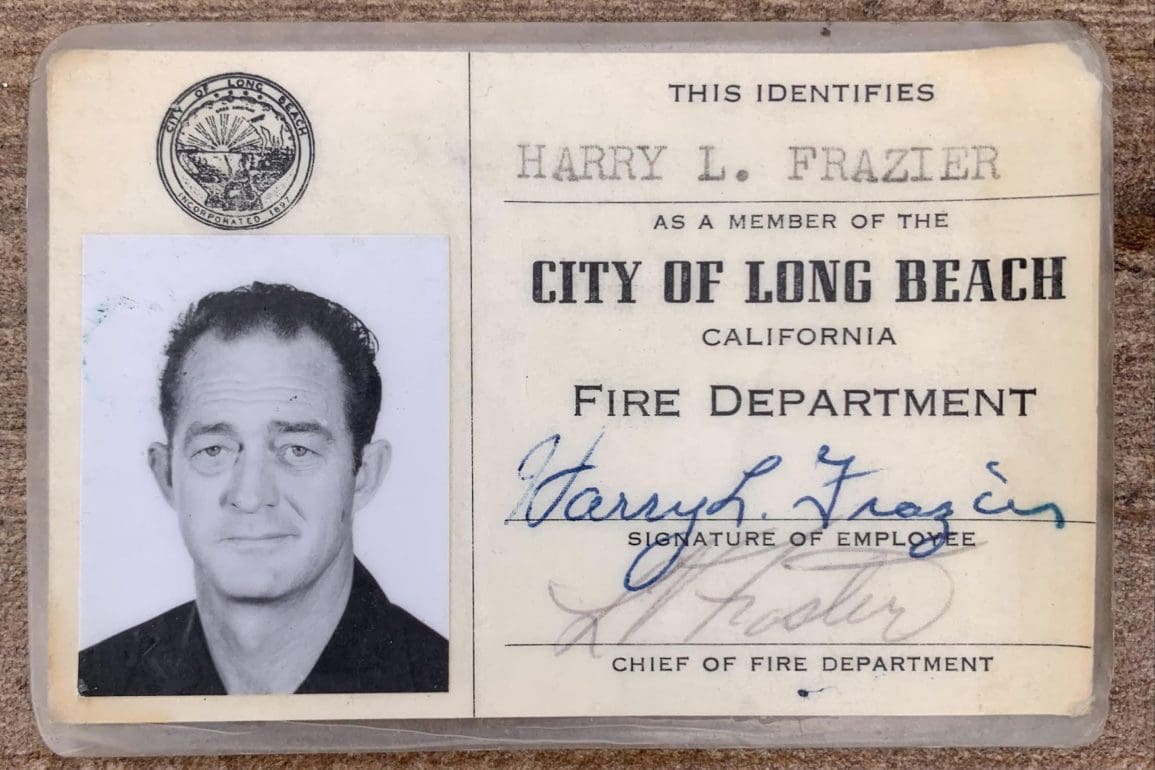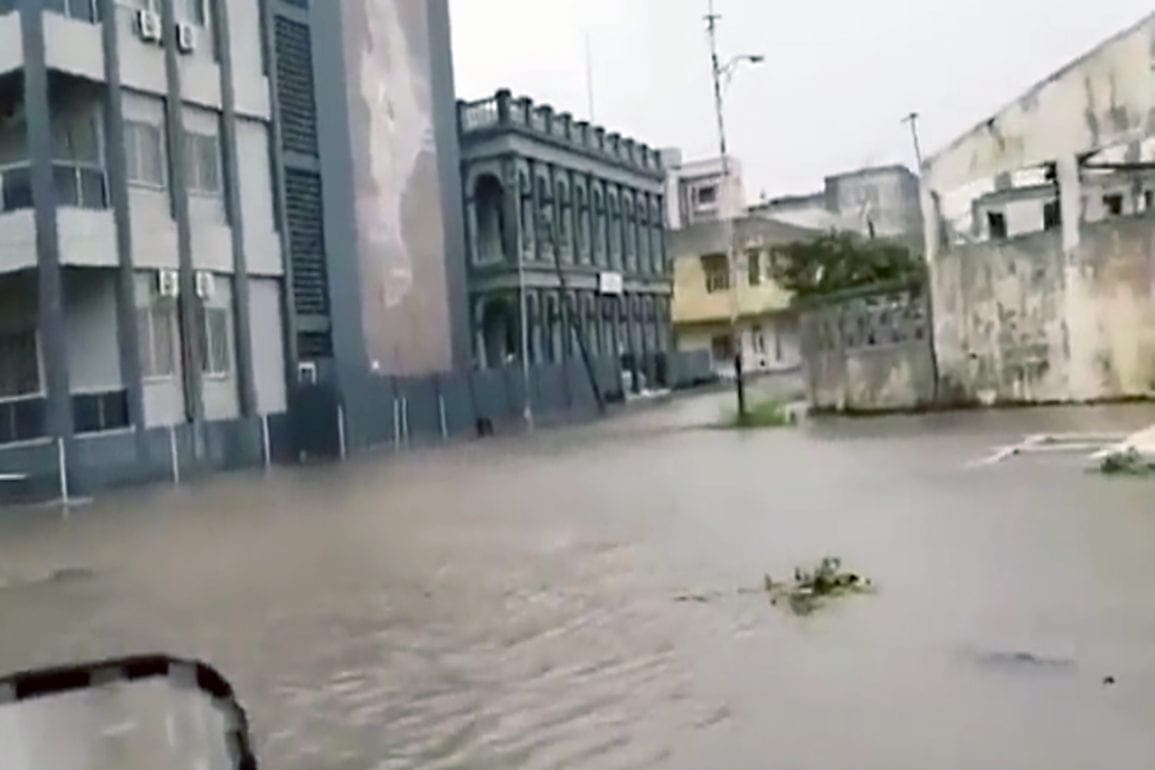Aerial firefighter kisses flames in Delta wildfires
Fear plays an important role. The day I lose my fear, I need to stop working. Awareness helps you avoid mistakes and tension is a good symptom. We use that fear and tension to avoid flying too low or comprising the safety of the plan, the operation, and the people on the ground.
- 3 years ago
December 8, 2022

SANTA FE, Argentina ꟷ After loading a small plane with 3,000 liters of water, we take off. A radio call comes in from the brigadistas below. They ask in desperate voices for our support. We spit the water out over the fire at high speed, nearly touching the flames. As a member of the combatant corps, I help fight the fire, hoping to cool the burning area so it fails to ignite again. From the air, we support the brigade members on the ground.
Persistent lack of rain for months affects the territories in the Delta where fires break out. Our hydrant planes serve as an essential tactical tool in quelling the flames. On the ground, the brigade members work impressively. They hold back and divert the fire so it can be extinguished. We moisten the area, decreasing the power of the fire.
Soaring above a hellish scene of fire and smoke
In my career, I originally dedicated myself to fumigation flights. During a fumigation flight, we fly just off the ground at a high speed, facing much less risk than flying over flames. However, fighting fires from the air – a B-grade job – pays very well. Because of climate change, the fires repeat more often and take more and more time. The Delta is not the first fire I fought.
Last summer I worked in both the Delta and Corrientes. Flying above a fire makes me think of entering hell. The images seem similar. You witness smoke, flames, waterspouts, planes and helicopters, and brigade members down below.
Read more from Orato World Media: Father’s death leads son to advocate for firefighter cancer awareness
Because we face a very complex environment, we plan everything out carefully before takeoff, and we rely on good weather conditions. We do not fly in every situation. A fire has a head and tail. The brigade members work on the east and west flanks, and where they have good visibility. We work where we can, where the flames, wind, and smoke travel too fast.

Often, a smoke screen between the ground and the plane causes the pilot to lose visibility of the brigade. We work in radio contact with the boys down below. They tell us, “A little more to the right,” for example, helping us determine when to release the water.
Fear plays an important role. The day I lose my fear, I need to stop working. Awareness helps you avoid mistakes and tension is a good symptom. We use that fear and tension to avoid flying too low or compromising the safety of the plan, the operation, and the people on the ground.
Read more from Orato World Media: Forest firefighter in Honduras trapped in flames, learns to live again


















































